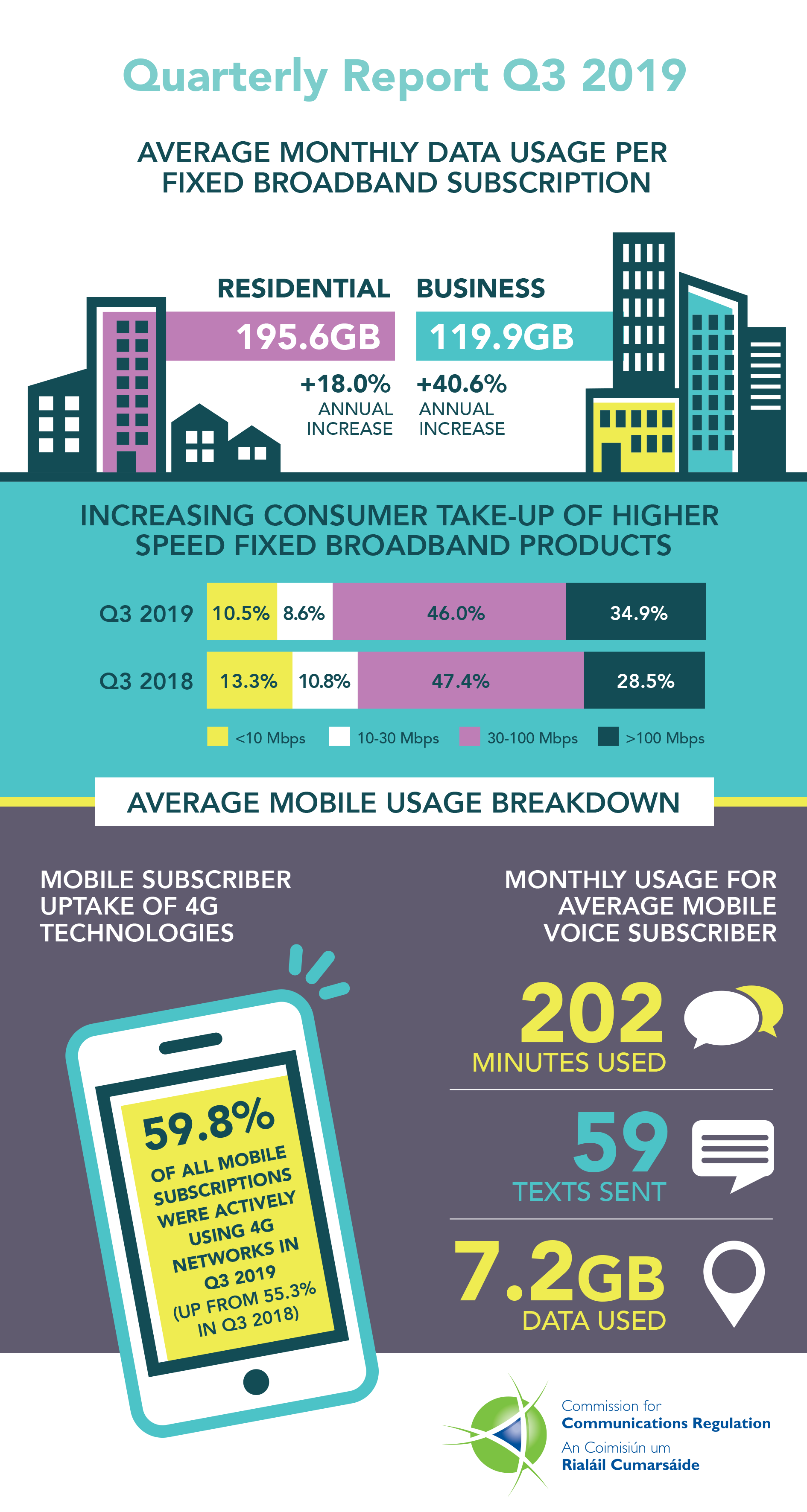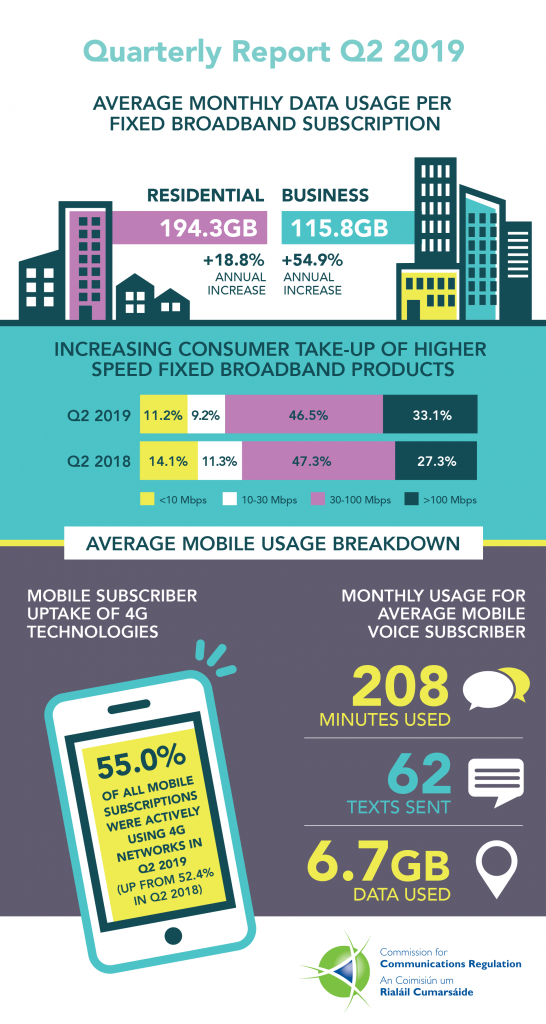DIY Home Improvement Market Analysis 2019
Table of Content
As you can see, there is a lot of exciting growth happening in the home improvement industry. Homeowners and new movers are looking for ways to increase the value of their homes and customize their living spaces. Download the MoverTech Solutions Overview today to learn more about how we can help power your mover marketing campaign’s performance to drive revenue and increase customer acquisition. The DIY segment witnessed a market size of more than USD 290 billion in 2020 and will expand at 4.5% CAGR through 2027 owing to robust growth of e-commerce sales channels and a sense of psychological rewards. The global home improvement market exceeded USD 762.9 billion in 2020 and will grow at a CAGR of more than 4.3% up to 2027 with rising trend for energy-efficient and luxurious living space. Home improvement firms adopt numerous strategies that involve partnerships with investors, franchisors or retailers, and manufacturing brands.
Market forecasts show the long term industry outlook and future growth trends. The following extended five-year / six-year demand forecast projects both short-term and long-term trends. This unique report from Lucintel will provide you with valuable information, insights, and tools needed to identify new growth opportunities and operate your business successfully in this market.
Strategic collaborations and geographical expansion are key strategies adopted by industry players
Our business model has earned us a 99% renewal rate amongst our franchisees.Contact us now and get started. Despite all the new homes built during the boom, the average US home is almost 40 years of age. ReportLinker is an award-winning market research solution that finds, filters and organizes the latest industry data so you get all the market research you need - instantly, in one place. The most important key figures provide you with a compact summary of the topic of "DIY and home improvement in the U.S." and take you straight to the corresponding statistics.

Generally, higher is better, since it indicates the business has less money tied up in fixed assets for each dollar of sales revenue. If this number is low in your business when compared to the industry average in the research report, it may mean your payment terms are too lenient or that you are not doing a good enough job on collections. Shareholders' Equity is defined as the company's total assets minus total liabilities.
Home Improvement Centers - Income Statement (Average Financial Metrics)
The percentage of homeowners who upgraded their outdoor spaces went from 56% in 2019 to 57% in 2020. The size of the U.S. home improvement market has increased from $269.9 billion in 2010 to $537.9 billion in 2021. Homeowners are living longer and more are wanting to “age in place”, another growing area within the home improvement space.
New product innovation, online selling and effective advertisement are the driving forces of the global home improvement retail industry. Technological advances in retail services is very important for companies to sustain their successful position in the industry. The average annual home improvement expenditure per homeowner amounted to 7,560 U.S. dollars in 2018, up from about 6,650 dollars the year before.
Leading U.S. home improvement & hardware retailers
They stock vast selections of materials that would have been found mainly in contractor supply houses even a decade ago. Tool and equipment rental stretches the budget and increases accessibility to homeowners who would never be able to afford a project otherwise. A total of 28 figures / charts and 5 tables are provided in this report to help in your business decisions. To learn the scope of, benefits, companies researched and other details of home improvement retail market report, download the report brochure. Market size by state reveals local opportunity through the number of companies located in the region. Data by state can be used to pinpoint profitable and nonprofitable locations for Home Improvement Centers companies in the United States.

And many more want to upgrade a home before selling it to maximize the home’s value. Properties that outwardly indicate the need for more money to be spent to bring it into the 21st century are not always as attractive. Viewing old listing photos of a property that was sold, renovated, and “flipped” back on the market for a higher price are a great way to see this principle in action. American homeowners place a high value on making their homes more beautiful and functional.
Many regions in the U.S. are experiencing favorable economic conditions that tend to coincide with remodeling activity, such as strong growth in both employment and home value. As home prices continue to rise, more homeowners are choosing to invest in home improvements and renovations. According to the Joint Center for Housing Studies, there is a proven connection between changes in median home values and home improvement spending. Homeowner equity assures homeowners that they can indeed afford the projects they could not afford during the great recession. With a nationwide shortage of housing and record-high home prices, more homeowners prefer to stay in their properties versus move or upgrade to new ones.
Building and renovating homes involves general contractors and subcontractors who build new homes and remodel existing homes. Home renovation projects also encompass the remodeling of external structures such as gardens, garages, and lawns. The total U.S. home improvement expenditure amounted to 457 billion U.S. dollars in 2020. The exterior replacements segment will account for more than 18.6% of the global market share in 2027 with soaring demand for outdoor leisure activities. Even just from the number of remodeling businesses in the U.S., it’s evident the industry is growing rapidly, as the number of these businesses has increased by an average of 3.8% each year from 2017 to 2022.
It’s interesting to note that homeowners may spend as much as $3.70 less per year since a house was built on emergency home projects. Home security continues to be the most popular upgrade, with an increase of 18% of homeowners opting for it in 2018 vs. 15% in 2017, and 12% in 2016. The most popular smart home upgrades for security are alarm/detection systems, motion-activated lighting, garage door openers, cameras, and video intercom/doorbell systems. Nearly half of the homes in the U.S. were built before 1980, and 38% before 1970. The median age of homes in the U.S. is rising, and as homes age, the need for upgrades, improvements, and renovation will only continue to grow. New construction has slowed, and with most homeowners living in homes that were built before 1979, fixing up and improving the appearance of an aging home is a more affordable option.
The home improvement industry has many avenues for potential franchisees who take pride in working with their hands and are committed to bringing high-quality, affordable service to their community. Statista assumes no liability for the information given being complete or correct. Due to varying update cycles, statistics can display more up-to-date data than referenced in the text. This is also one of the only project categories that have seen a continuous uptick in popularity from 2015 to 2020. The majority (74.6%) of home improvement contractors are men, and the average annual salary of someone in this position is $35,233. This is especially true if you consider painting a room a home renovation.
Comments
Post a Comment